Cantor Arts Center
328 Lomita Drive at Museum Way
Stanford, CA 94305-5060
Phone: 650-723-4177
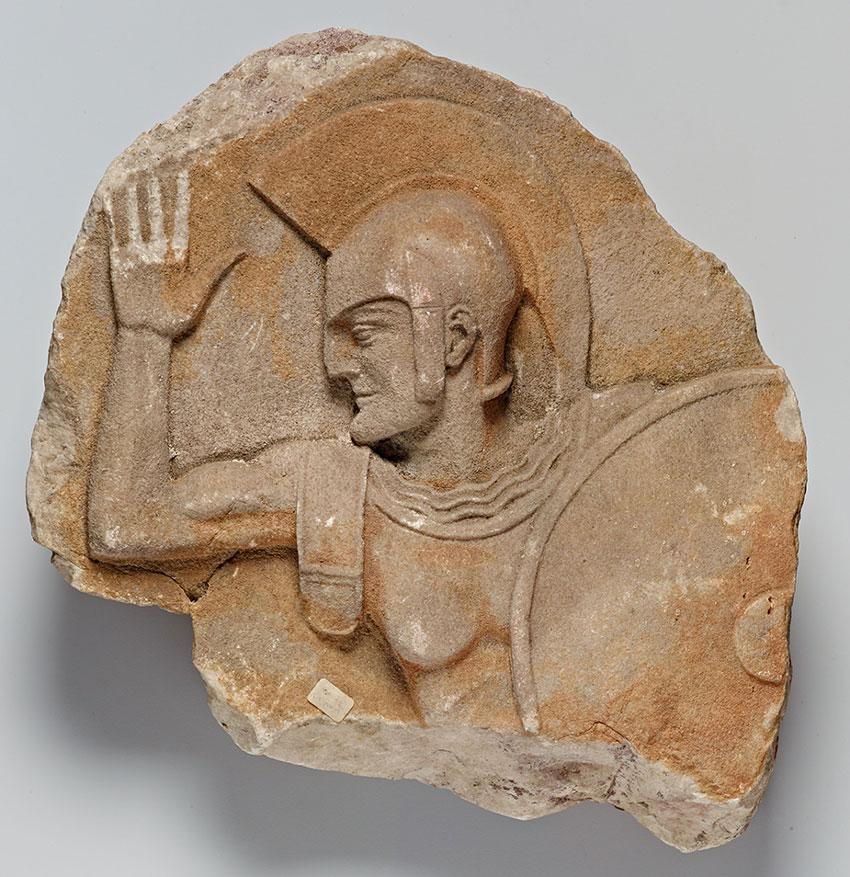
Artist unknown (Greece), Relief of a Warrior, n.d. Marble. Gift of Esther de Lemos Morton, Margaret de Lemos Lyon, and Marie J. Storm, 1962.26
A Mellon Curatorial Research Assistantship Project
This coffin once belonged to a singer in the temple of Amen during the Twenty-First Dynasty of Egypt, but at a later date...
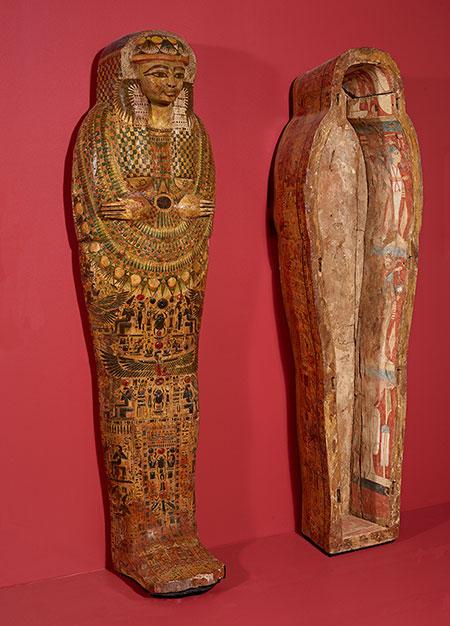
The Cantor’s Relief of a Warrior is likely a fake. We see anachronisms and stereotypes including an exaggerated “Roman nose,” and an arm...
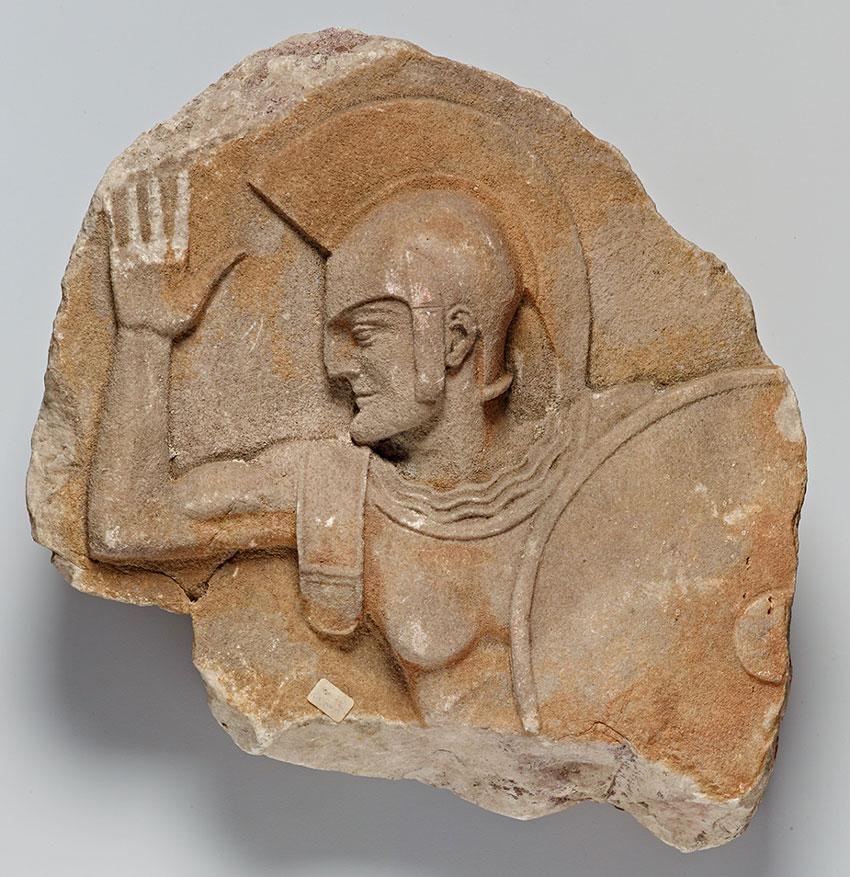
In 1884, while in Paris, Leland Stanford Jr. purchased a ring in the shape of a scarab. His biographer, Herbert C. Nash, described...
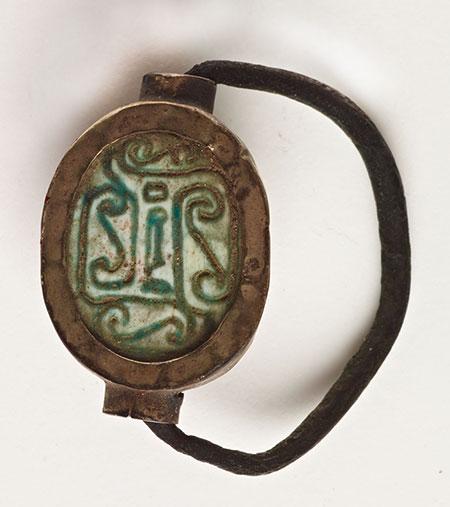
In 1901 the Egyptologist Émile Brugsch sold Jane Stanford 273 objects from his wife’s Egyptian collection. Brugsch wrote to Jane that his wife...
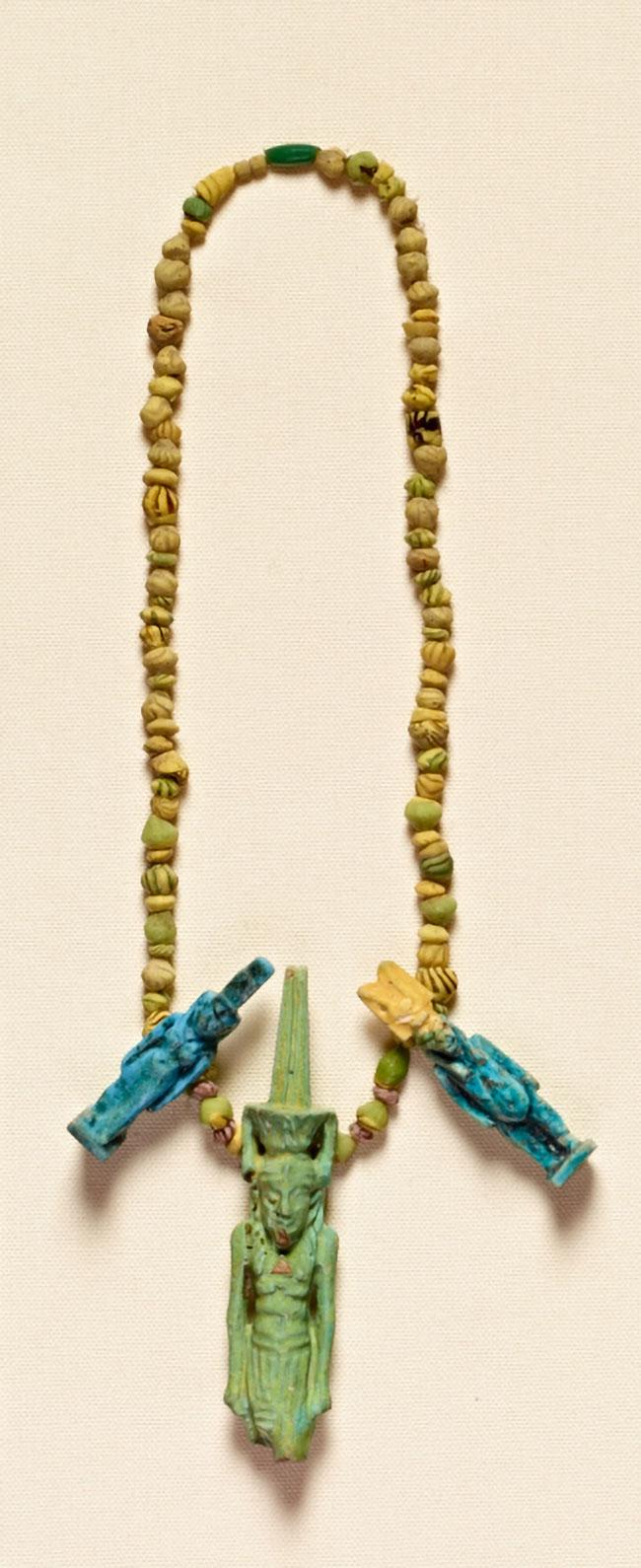
Although this icon of the Virgin and Child imitates a famous Russian orthodox icon called “the Vladimir Mother of God,” copying did not...
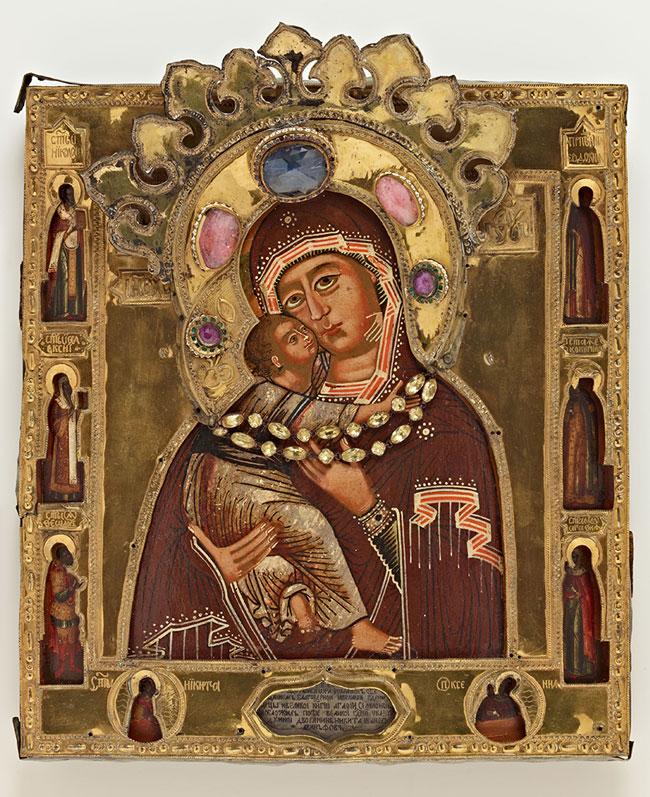
This statue’s appearance may have multiple historical layers. The large ears and wide headdress are characteristic of pharaonic statues from the Twelfth and...
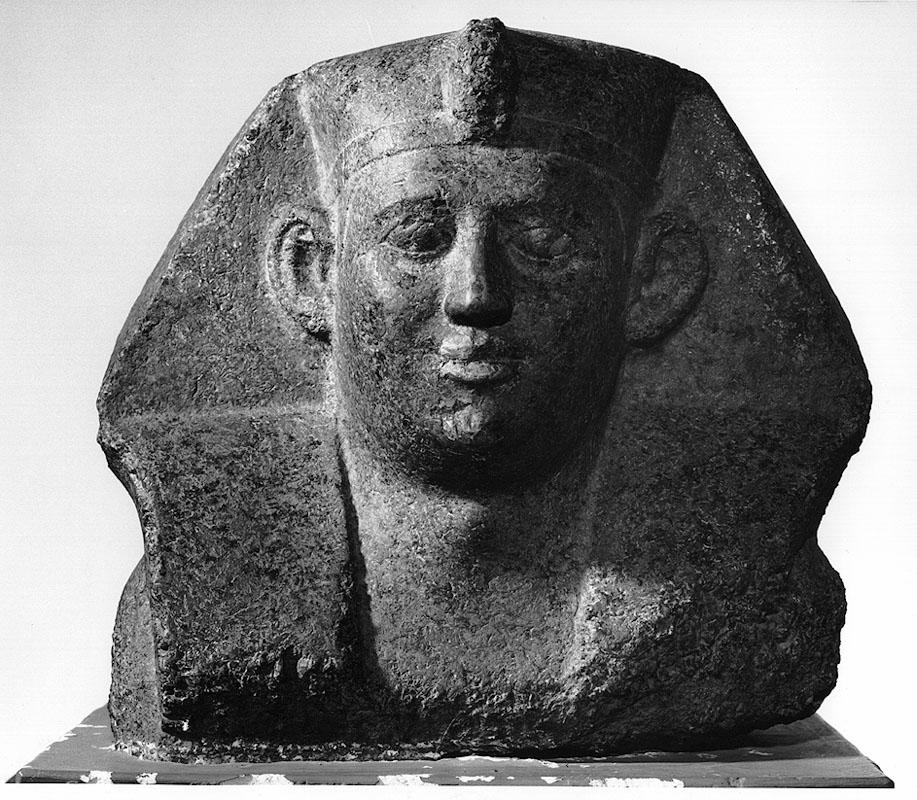
In 1882 the Scottish archaeologist Alexander Henry Rhind (1833–1863) observed how faux statues were being fashioned in Egypt: “The [statue] is fractured to...
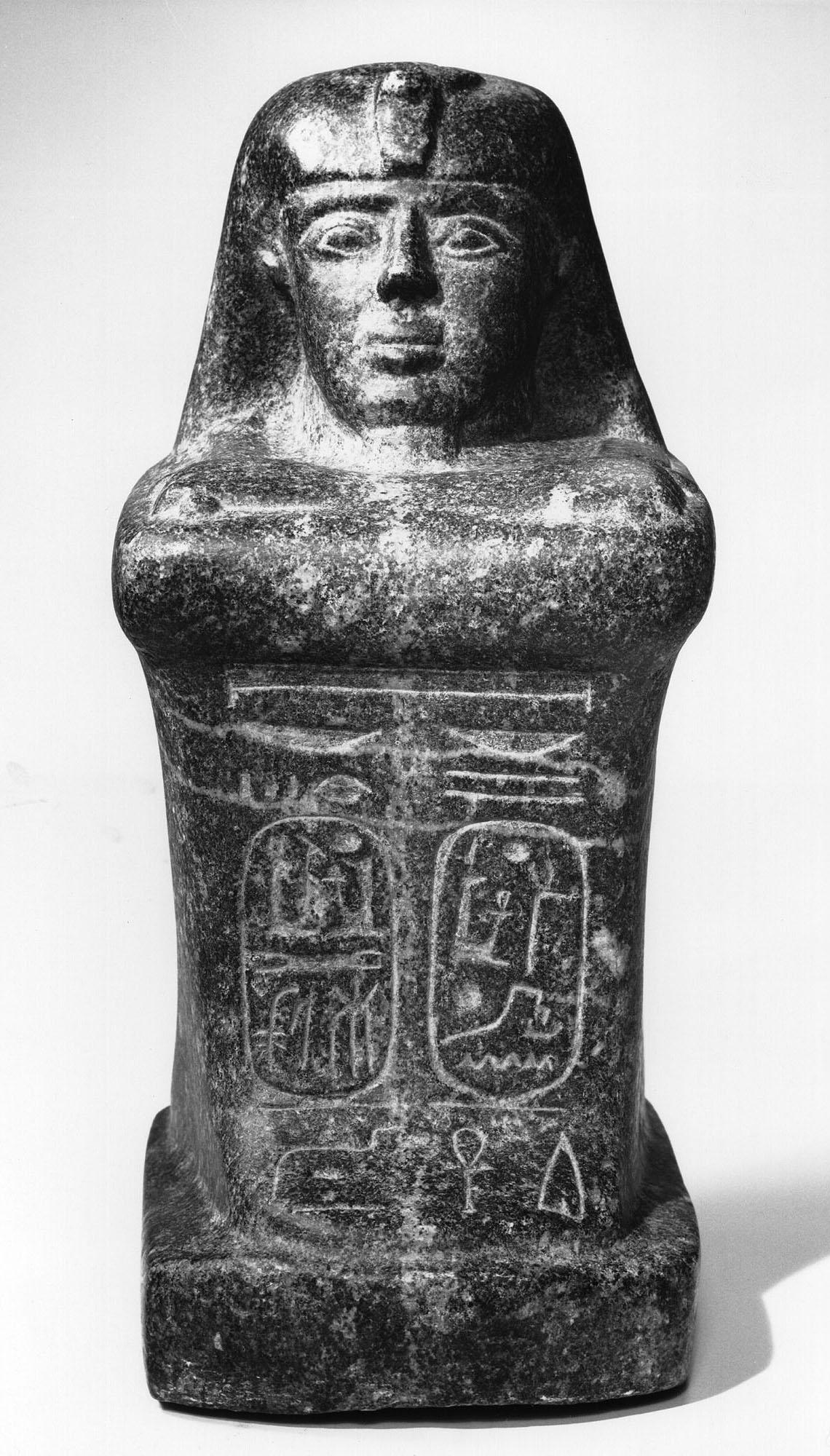
The Latin word fabrico (to make, build, fashion) is the ancestor of words like “fabric” and “fabrication,” the latter of which came to...
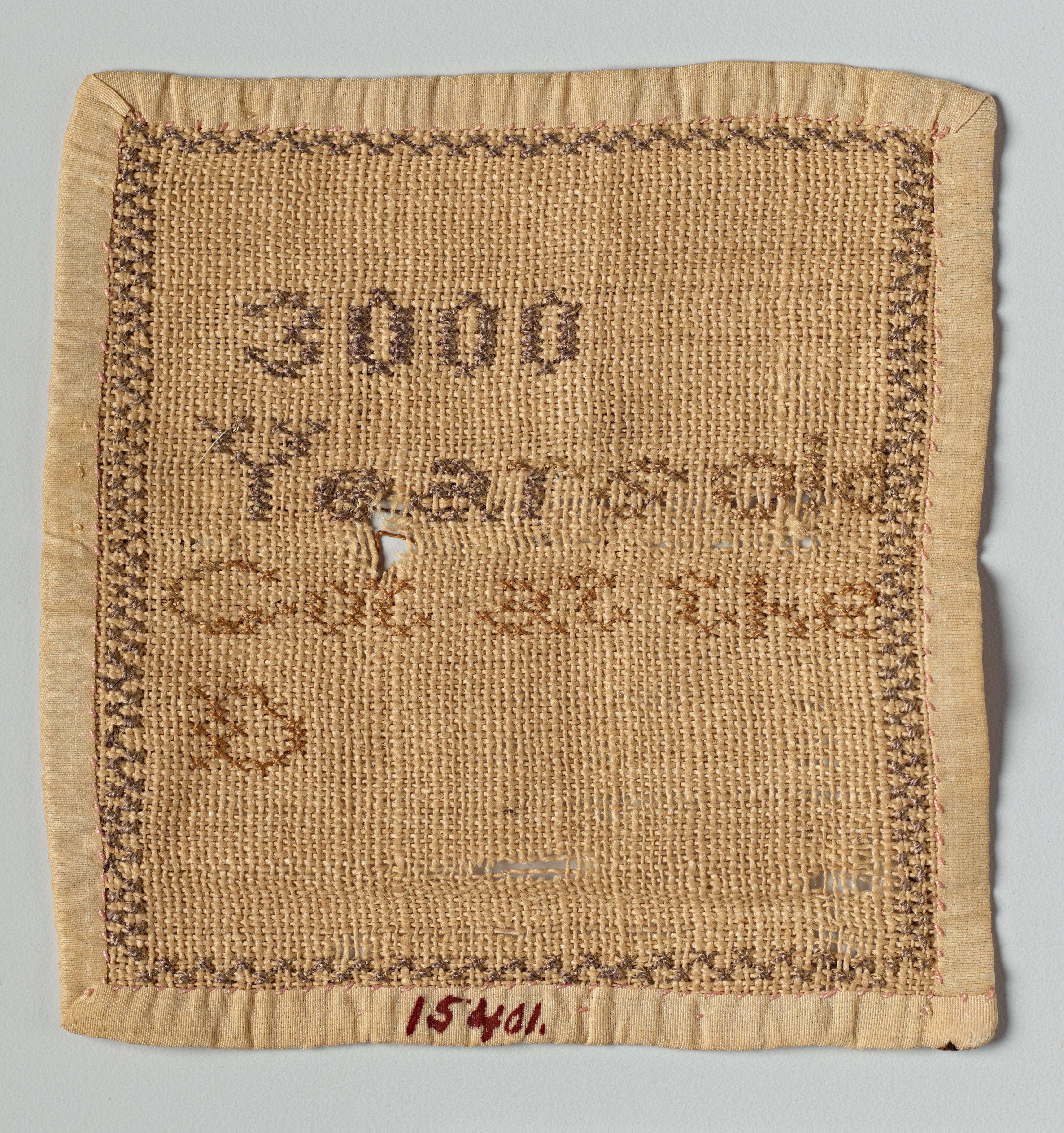
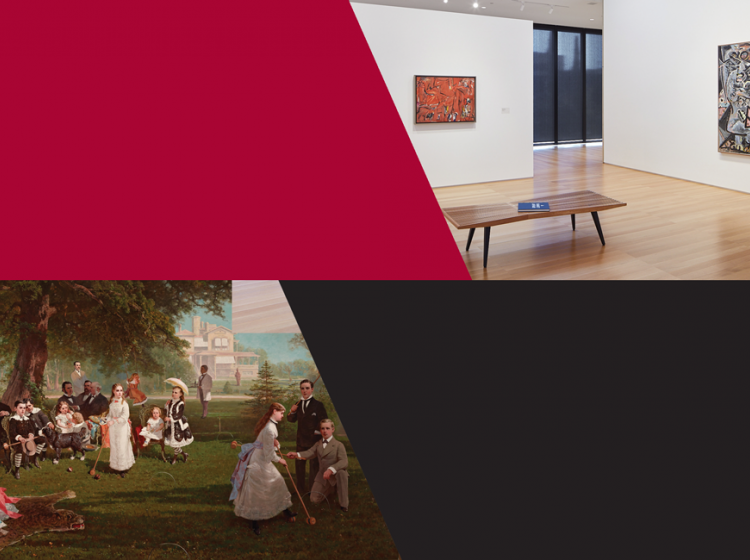
The Cantor Arts Center is located at the intersection of Museum Way and Lomita Drive in the heart of the arts district on the Stanford campus. The Cantor faces the Bing Concert Hall across Palm Drive, northwest of The Oval and the Main Quad.
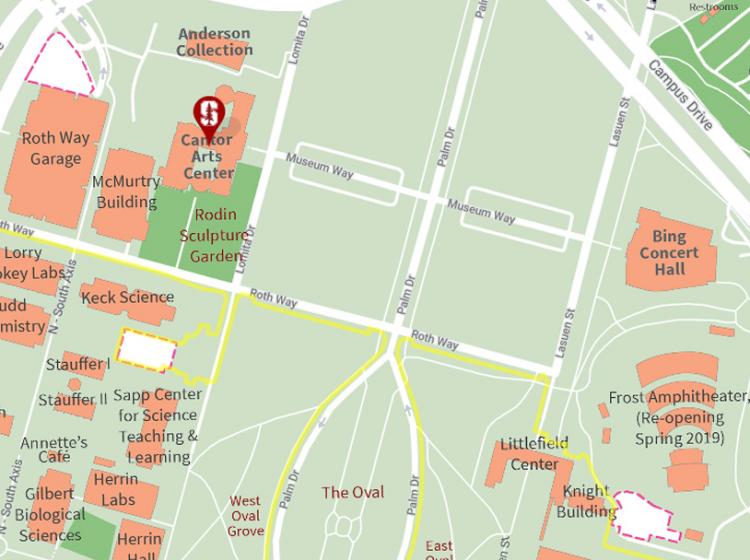
Parking is limited. Stanford has a new contactless process to pay for parking, using the ParkMobile app, website, or phone. Prior to your visit, we recommend you visit the Stanford Transportation website to learn more about the updated visitor parking process.
